Yoga and the Psoas Muscle: Balanced Release
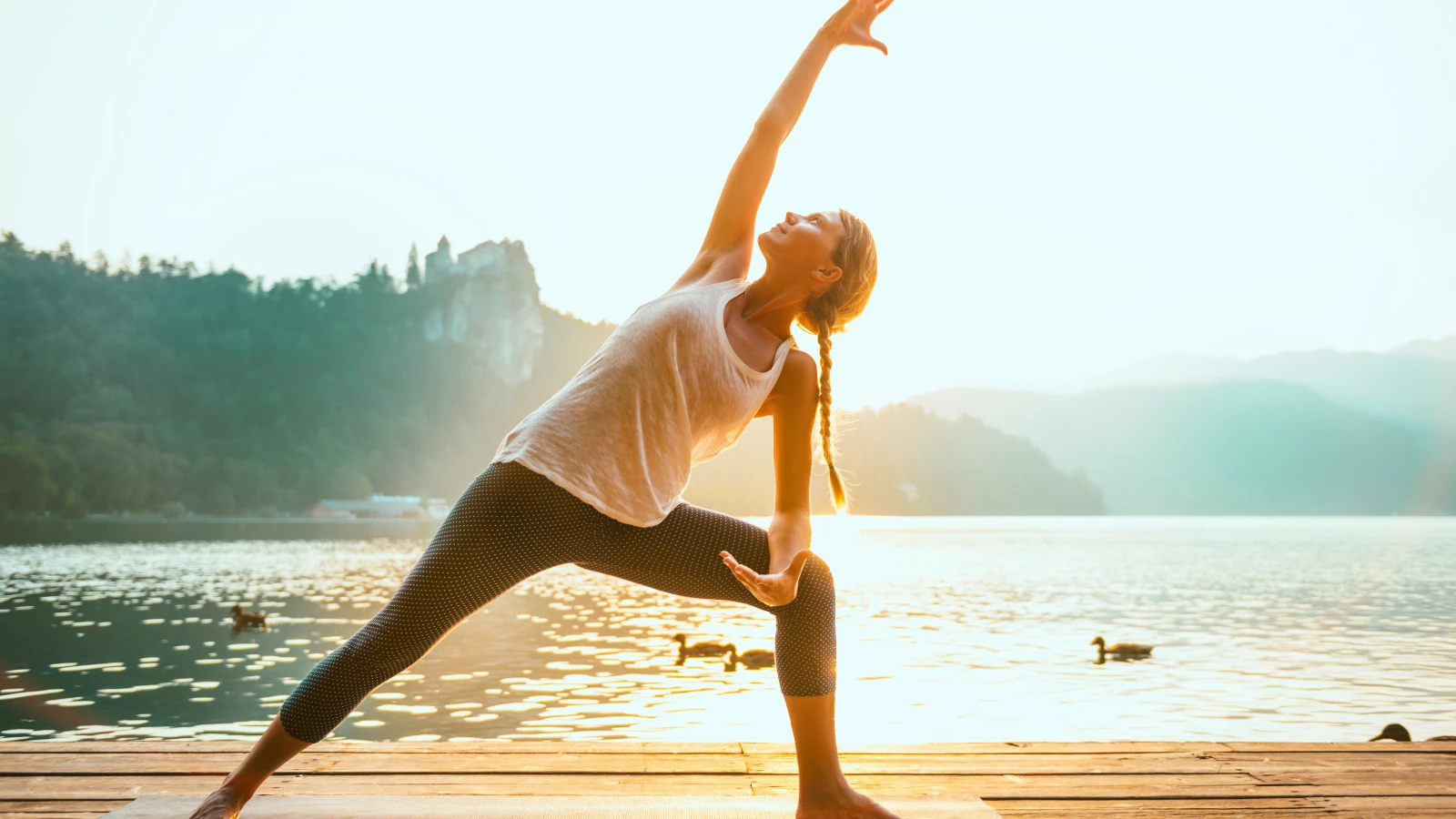
Article At A Glance
A muscle deep inside of you impacts how you move through and experience each day: the psoas. If you’re a dedicated yogi, you might have heard an instructor discuss yoga and psoas muscle, why it’s important in your Warrior II Pose (Virabhadrasana II), or standing balancing poses. Yet you still might not fully appreciate all that this muscle does for you—on and off the mat. Why is psoas health and smooth functioning so crucial? And what’s the relationship between yoga and the psoas muscle?
The psoas connects your upper and lower body. It creates the fluid integration between the two parts that allows you to do everything from walking across the street to climbing stairs to running. The psoas even impacts the quality of your breath and the health of your pelvic basin, therefore impacting many vital everyday functions.
Psoas Health: Why It Matters
Psoas imbalance, and the condition of iliopsoas syndrome, are sadly quite common in the 21st century. Why? First, many of us spend hours upon hours a day sitting: working, driving, scrolling social media, streaming television.
The psoas is a primary hip flexor. It brings the abdomen and thigh closer together. Too much sitting puts the muscle into chronic contraction. This leads to tightness and tension in the hip and back region. That can, in turn, lead to pain in those areas, and to many painful, challenging conditions connected with those regions. These may include gastrointestinal issues, sciatica, and lower back spasms.
The Psoas and the Nervous System
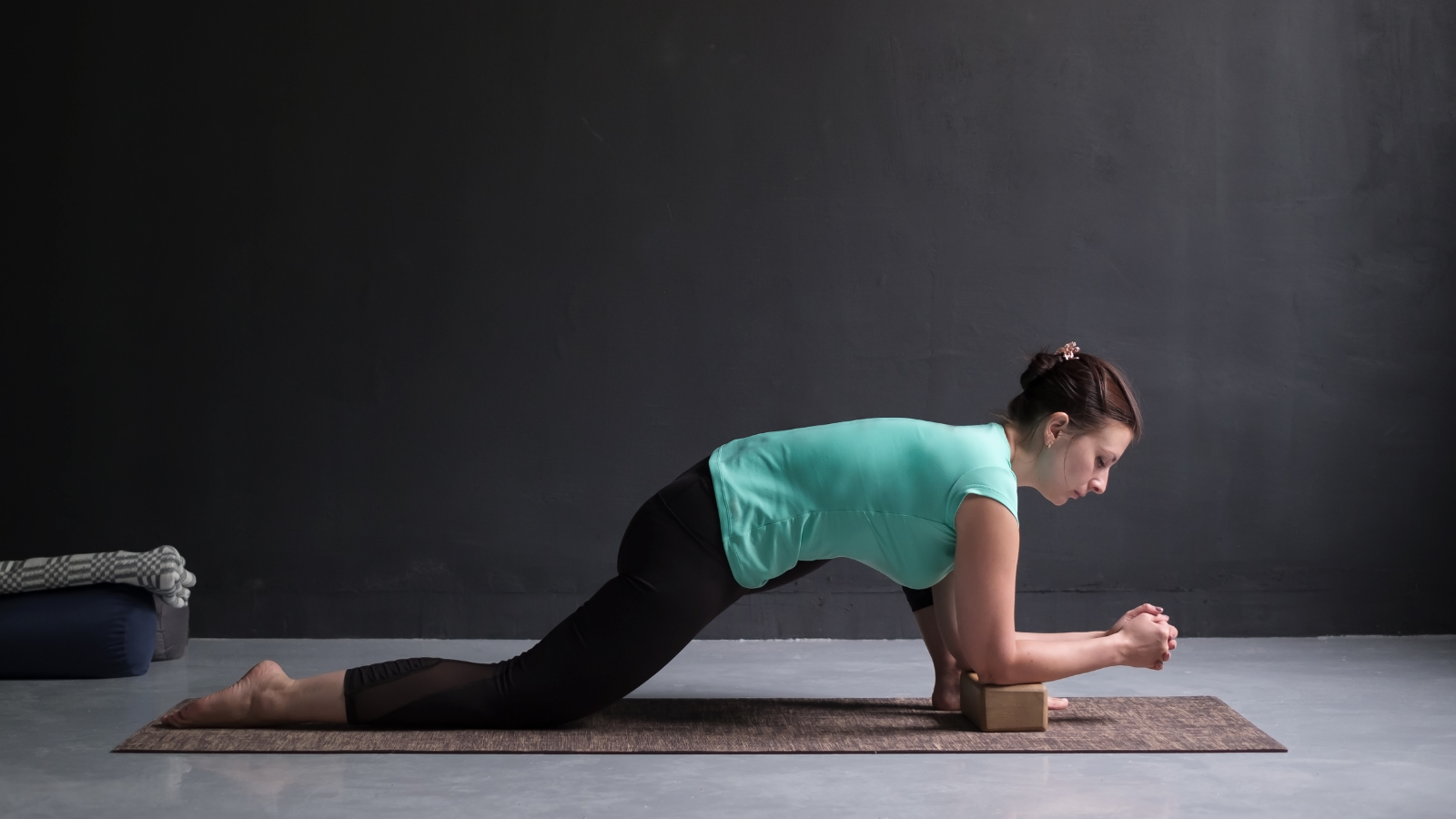
In addition, the psoas has an intrinsic connection with the fight-or-flight response. When we prepare to run or to defend ourselves, our torso slightly flexes. The psoas also impacts the functioning of the diaphragm, which is key to the quality of our breathing and is also inextricably tied to the fight-or-flight response.
For both reasons, the chronic stress, overwhelm, and mental/emotional overdrive that so many of us experience in modern life can lead to significant psoas tightness, and therefore reduced functioning. All in all, we shouldn’t underestimate the importance of psoas muscle health, because the lack of it can be a real drag on day-to-day functioning and subjective well-being.
What Is the Psoas Muscle?
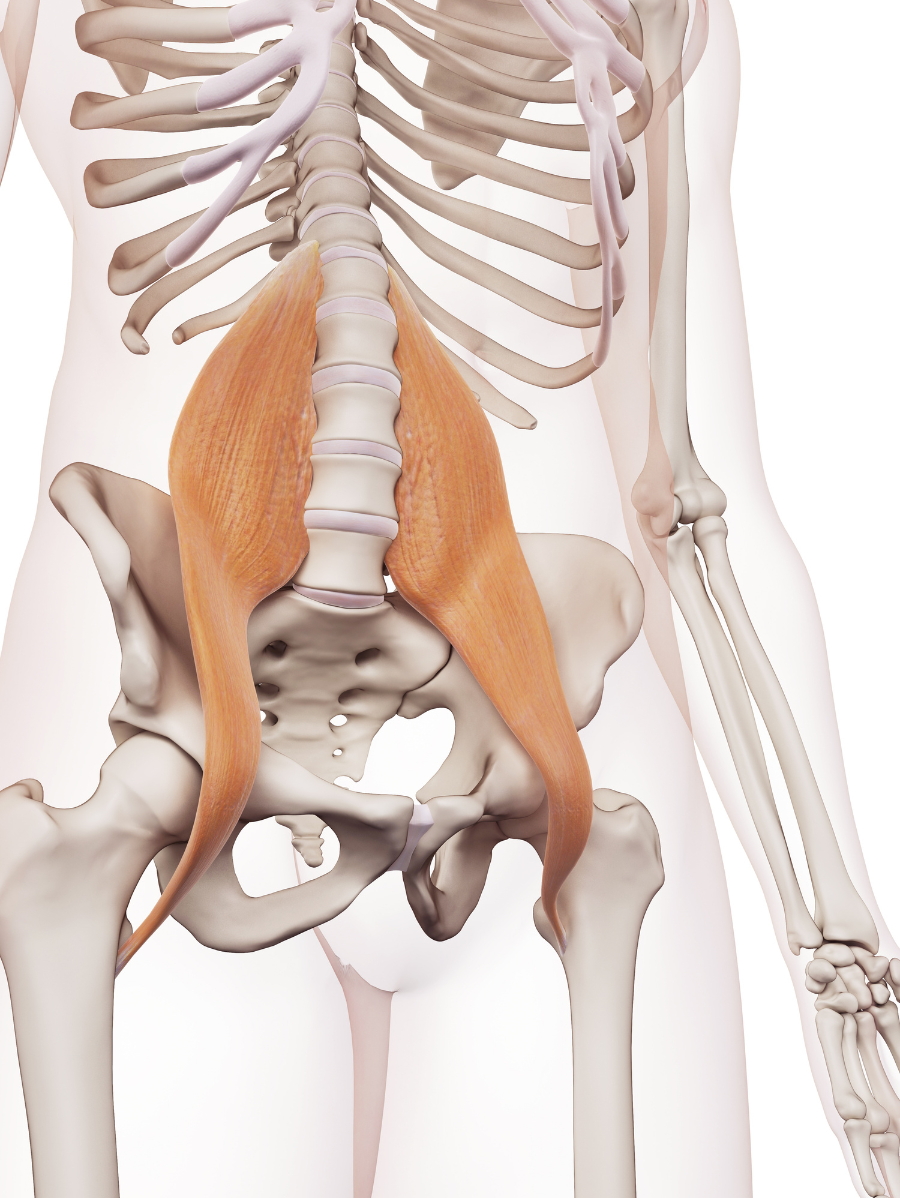
There are actually two psoas muscles: one on each side of the very lower back. These muscles attach to the last thoracic vertebrae (T12) as well as each of the five lumbar vertebrae. They then join the iliacus muscle to form the iliopsoas, also known as the psoas system.
The psoas is the primary connector of the upper and lower body. Its primary functions are hip flexion, lateral flexion of the torso, and external rotation of the femur when the joint is in an abducted position. Yet the psoas also engages and releases in calibrated, nuanced ways with different types of movement (locomotive and otherwise) that we execute each day.
The psoas is deep to the skin, lying under many other layers of muscle and fascia. It can therefore be hard to feel, both in a literal sense, with one’s touch, and in the sense of feeling it engage. In fact, identifying psoas issues can be challenging because they often get misidentified or confused with hip joint issues (1).
Practicing Svadhyaya (self-study or self-awareness), through slow and mindful movement, can help us to get a better sense of psoas placement, action, and function. In fact, that mindful work can be a valuable practice in Svadhyaya more broadly. On a kinesthetic level, explains Dr. Ray Long, honing our psoas awareness can enhance muscle memory. That can lead to smoother, more integrated, and more effectively functional movement, in asana practice and beyond.
Yoga and the Psoas Muscle
Okay, you might wonder, but how exactly do I build that awareness? Dr. Long describes a couple of straightforward (yet not necessarily easy) exercises for keying into the psoas.
Side-Angle Pose (Utthita Parsvakonasana) 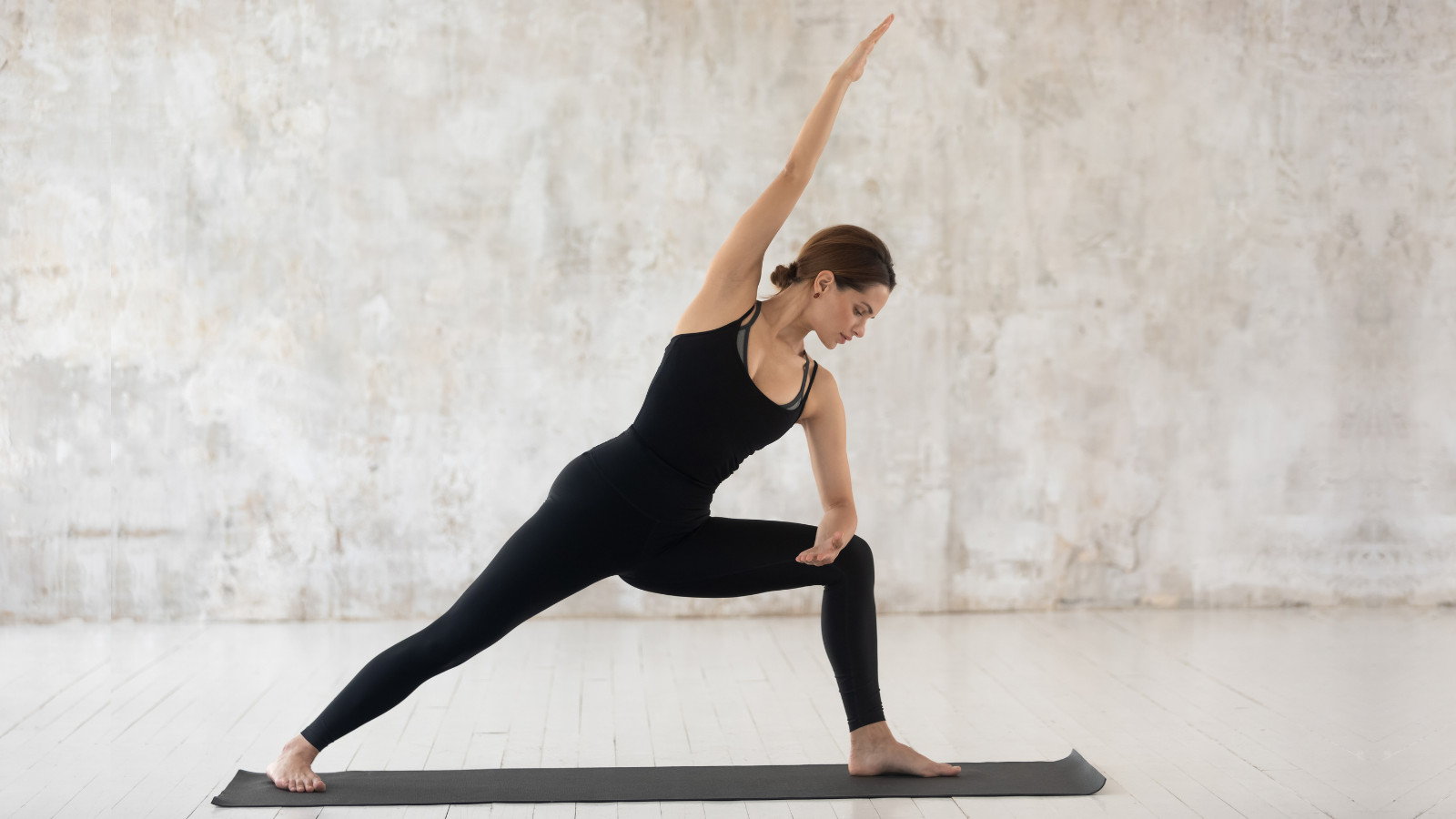
- Stand in Mountain Pose (Tadasana).
- Step your feet out wide apart, approximately 3 feet.
- Turn your right leg out 90 degrees and turn your left foot, leg and pelvis in about 20 to 30 degrees.
- Bend your right knee until your shin is vertical.
- Extend your right arm out from your shoulder. Ground your left foot and extend your torso out over your right leg. Place your forearm on your right thigh, so that your body is in a diagonal.
- With your front forearm on the front thigh, play with isometric contractions (where nothing is moving, but you feel the muscle engage). Press your forearm into your thigh, and then vice-versa.
- Breathe and notice what you feel in the psoas region, on the side body area of the thoracic region of your back, as you engage in these ways.
- Release, and then do the same on the other side of your body.
Warrior I Pose (Virabhadrasana I) 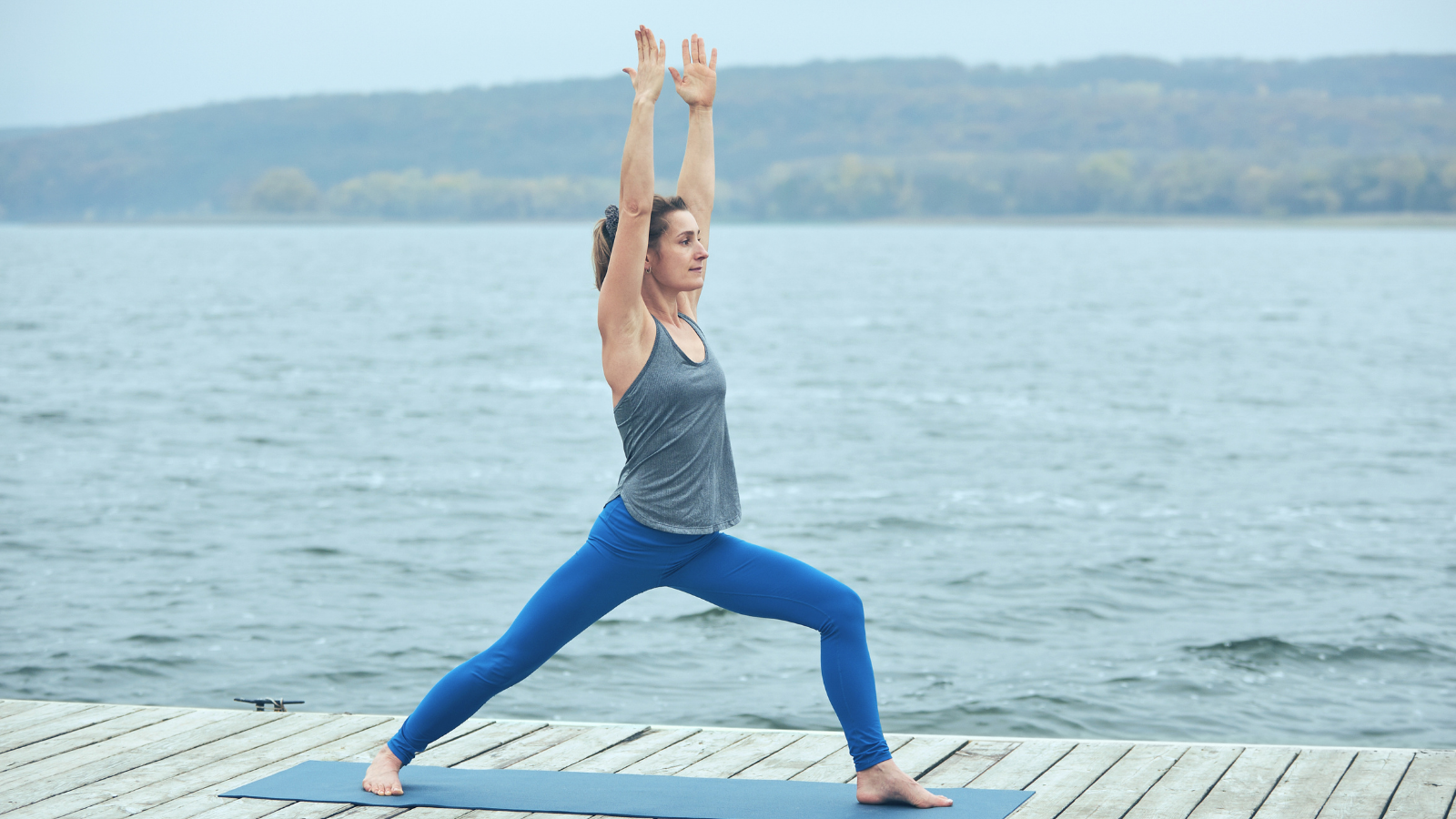
Another pose to try this in, suggests Dr. Long, is Warrior I Pose.
- Begin by standing in Mountain Pose (Tadasana).
- Step your right foot back a few feet. If you have an unstable sacroiliac (SI) joint, use a narrower stance. From left to right, your feet should be hip-width apart. Do not try to square your hips to the front.
- Place your hands on your pelvic rim.
- Bend your left knee so that your shin is vertical.
- The pose set and secure, feel your glute muscles engage. That will stabilize your pelvic bowl. Tune into what’s stabilizing the pelvic bowl, where exactly that’s happening, and what that feels like for you.
- Release, rest, and take the same on the other side.
These two poses are asymmetrical. One side of the psoas system contracts while the other lengthens. Once a yogi practices them on both sides of the body, they can get closer to balance in the body: the ha (sun) and tha (moon), the yin and the yang, the meeting and balancing of opposites, notes Dr. Long. That balancing, in the long run, can help cultivate psoas healing.
We need both engagement and lengthening, on and off the mat, to keep our psoas system (and our bodies overall) balanced and healthy.
Yoga and the Psoas Muscle in Relaxing Poses
Stretching and contracting isn’t all that we need for a balanced and healthy psoas system, however. We also need rest. One might conflate rest with stretching, but it is something different. In stretching, we ask a muscle to lengthen. In true rest, we ask literally nothing of a muscle.
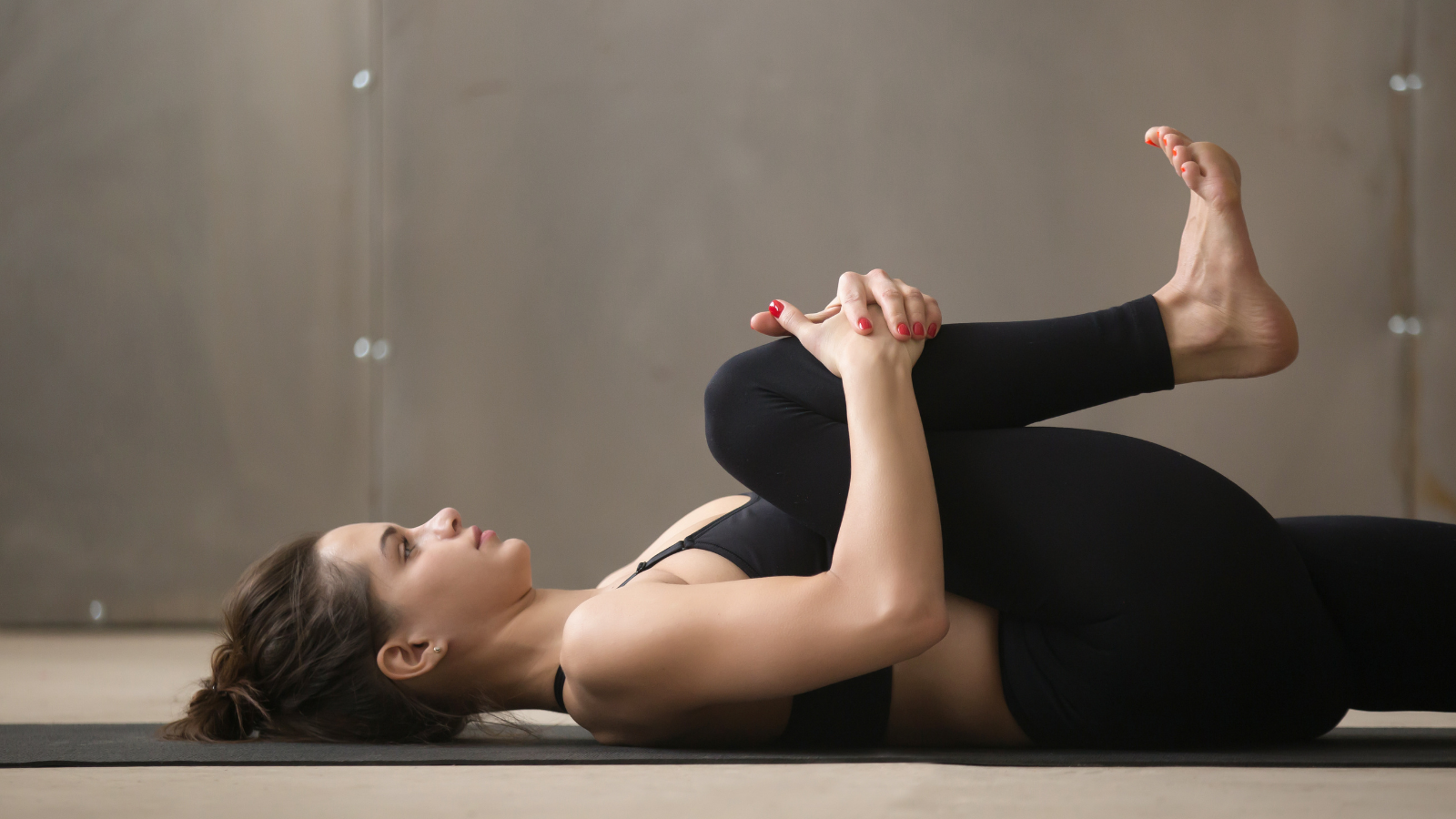
Many people have tight psoas systems, both because of physical habits—like too much sitting—and chronic stressful overdrive. Mild stretching combined with rest can therefore help bring equanimity to the psoas, and to the rest of the body. Poses such as Knee-to-Chest Pose (Apanasana) and Figure-Four Pose (Supta Ardha Utkatasana) can offer that mild stretching. Supported Bridge (Salamba Setu Bandha Sarvangasana) and Constructive Rest Pose (Savasana variation with bent legs) can provide that true rest.
Yoga and the Psoas Muscle in Svadhyaya Practice
Activating our fight-or-flight response can tighten the psoas, as noted. These poses will therefore be most effective and nurturing if we take our time with them, key into awareness and allow ourselves to soften into the support on which we rest. In turn, the resulting psoas muscle could calm the fight-or-flight response. Practicing Svadhyaya can help key us into psoas placement and function. And doing that can also strengthen our practice of Svadhyaya more broadly.
We could then notice stress, rumination, and tension beginning to melt away from our bodies and mind. Just as the stress and tension of daily life can lead to psoas muscle imbalance and psoas muscle pain, finding release in the psoas can help us to move that stress and tension out of our systems.
Furthermore, Marlysa Sullivan, assistant professor at the Maryland University of Integrative Health, describes how this sort of body-to-brain approach of instilling greater calm and ease could be game-changing for those who find it hard to access calm—such as those who’ve experienced trauma—through verbal approaches.
How to Practice Ahimsa: Safe Yoga for Your Psoas
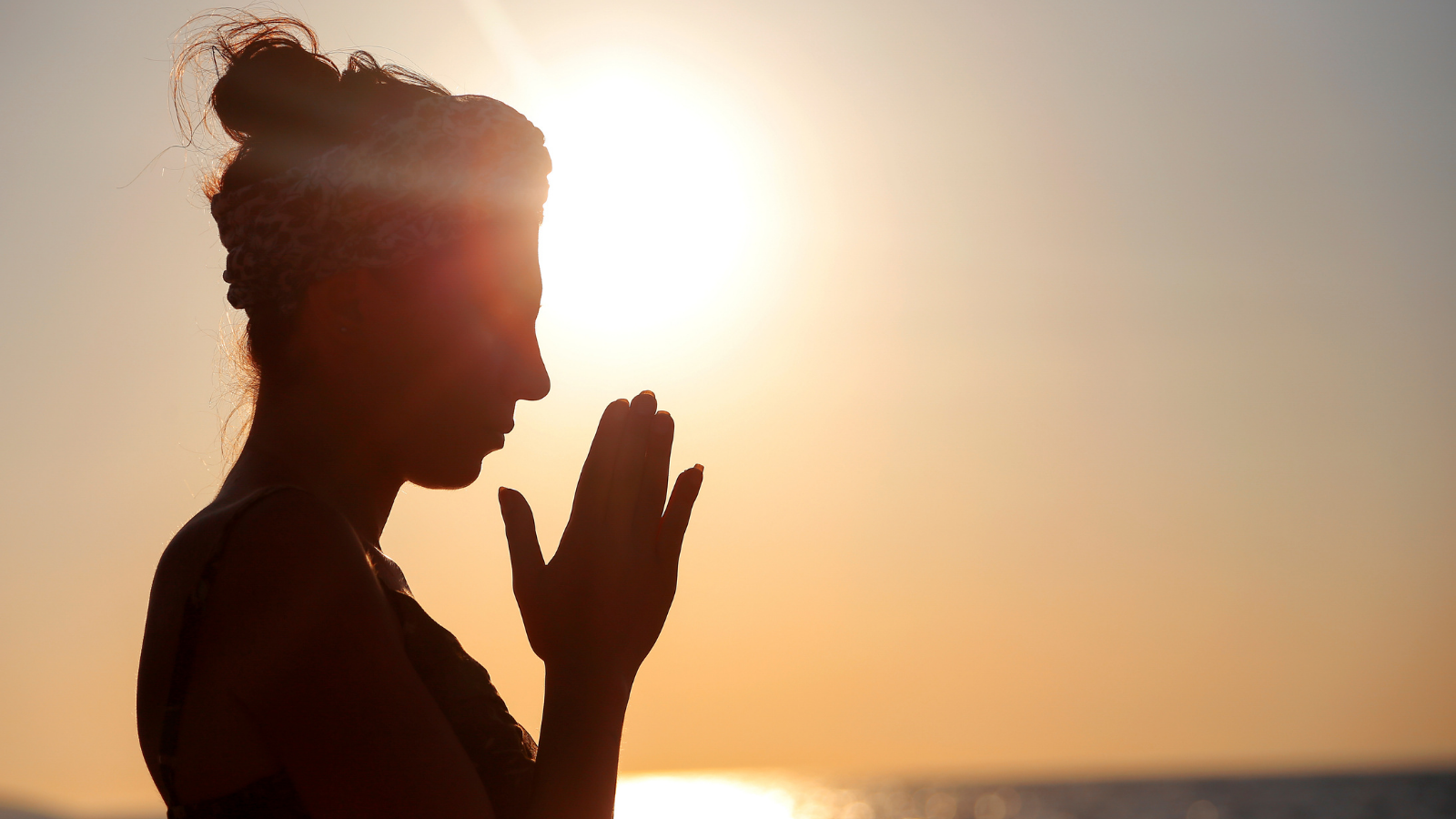
Sullivan also explains how we (including yogis) sometimes misunderstand what a tight and aggravated psoas needs to release and function at its best. We feel tightness, so we stretch more and more when what we might really need to get back to balance is rest. It’s of course possible to overstretch, a pattern that some yogis, unfortunately, develop. Doing so can throw the psoas system further out of balance.
In the quest for safe, integrated balance, Dr. Long suggests not engaging a muscle to its full strength. This helps us develop the sort of subtlety that can enhance awareness and interoception (awareness of inner sensation). These capacities can help us take better care of the psoas and our bodies overall. Developing these skills can both call upon as well as hone Svadhyaya. Like a muscle, when we challenge our practice of Svadhyaya, we strengthen it.
How to Follow Basic Yoga Safety Principles
Dr. Long also reinforces general yoga safety principles, such as balancing active and restful poses, and consulting one’s healthcare providers before embarking on and while engaged in a yoga practice journey. These are basic principles that it’s wise to follow in caring for your psoas and your general wellbeing.
Mindful yoga practice, with Svadhyaya and ahimsa (non-harming) as guides, can help us to bring the psoas to a healthier and more effectively functional state. We don’t have to resign ourselves to conditions of modern life leading us away from that health, full function, and balance. Yoga can be a better path.
Also, read...
4 Great Pigeon Pose Variations
4 Yoga Poses to Strengthen the 4 Muscles of the Rotator Cuff
Related courses
Bodymind Ballwork: Myofascial Release for Lifelong Flexibility
Keys to Finding Inner Strength: A Yogic Wisdom Path to Developing Greater Resilience
Somatic Yoga for Fascial Unwinding

Kathryn Boland is an RCYT and R-DMT (Registered Dance/Movement Therapist). She is originally from Rhode Island, attended The George Washington University (Washington, DC) for an undergraduate degree in Dance (where she first encountered yoga), and Lesley University for an MA in Clinical Mental Health Counseling, Expressive Therapies: Dance/Movement Therapy. She has taught yoga to diverse populations in varied locations. As a dancer, she has always loved to keep moving and flowing in practicing more active Vinyasa-style forms. Her interests have recently evolved to include Yin and therapeutic yoga, and aligning those forms with Laban Movement Analysis to serve the needs of various groups (such as Alzheimer’s Disease patients, children diagnosed with ADHD, PTSD-afflicted veterans – all of which are demographically expanding). She believes in finding the opportunity within every adversity, and doing all that she can to help others live with a bit more breath and flow!
Resources
(1) Lifshiftz, Liran et al. “Iliopsoas the Hidden Muscle: Anatomy, Diagnosis, and Treatment.” Current Sports Med Rep. 2020 Jun 19 (6): 235-243.- https://pubmed.ncbi.nlm.nih.gov/32516195/
- https://pubmed.ncbi.nlm.nih.gov/27542388/
- https://pubmed.ncbi.nlm.nih.gov/32516195/
- https://yogauonline.com/yoga-practice-tips-and-inspiration/yoga-awaken-your-core-3-step-yoga-practice-get-know-your-psoas
- https://yogauonline.com/yoga-basics/relax-your-core-5-poses-release-your-psoas
- https://yogauonline.com/yoga-for-back-pain/facilitating-calm-balance-understanding-multi-functional-psoas-muscle
- https://yogauonline.com/yoga-anatomy/yoga-anatomy-releasing-your-tight-psoas-clinical-somatics


